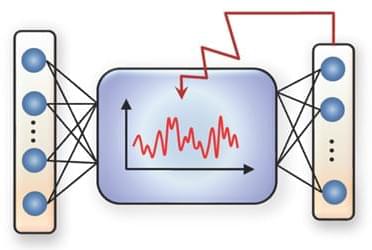CISA lists critical flaws in Mitel MiCollab (CVE-2024–41713, CVE-2024–55550) and Oracle WebLogic (CVE-2020–2883).
Internet service providers (ISPs) and governmental entities in the Middle East have been targeted using an updated variant of the EAGERBEE malware framework.
The new variant of EAGERBEE (aka Thumtais) comes fitted with various components that allow the backdoor to deploy additional payloads, enumerate file systems, and execute commands shells, demonstrating a significant evolution.
“The key plugins can be categorized in terms of their functionality into the following groups: Plugin Orchestrator, File System Manipulation, Remote Access Manager, Process Exploration, Network Connection Listing, and Service Management,” Kaspersky researchers Saurabh Sharma and Vasily Berdnikov said in an analysis.
Chinese hackers exploited BeyondTrust API keys in a major Treasury cyberattack; CISA confirms no wider federal impact.
Two severe vulnerabilities (CVE-2024–9138, CVE-2024–9140) in Moxa routers risk privilege escalation and command execution.
Outdated BIOS firmware in Illumina iSeq 100 allows attackers to disable devices or install malware, threatening critical genetic research and vaccine.
On Monday, the United Nations’ International Civil Aviation Organization (ICAO) announced it was investigating what it described as a “reported security incident.”
Established in 1944 as an intergovernmental organization, this United Nations agency works with 193 countries to support the development of mutually recognized technical standards.
“ICAO is actively investigating reports of a potential information security incident allegedly linked to a threat actor known for targeting international organizations,” ICAO said in a statement.
A recent campaign targeting browser extensions illustrates that they are the next frontier in identity attacks. Learn more about these attacks from LayerX Security and how to receive a free extension audit.
Researchers show they can magnetize an antiferromagnet using terahertz light, switching the state on a million times faster than is possible for other magnetic states.
A new training technique could increase the number of physical systems that could serve as AI platforms.
Simulations of neutron stars provide new bounds on their properties, such as their internal pressure and their maximum mass.
Studying neutron stars is tricky. The nearest one is about 400 light-years away, so sending a probe would likely take half a million years with current space-faring technology. Telescopes don’t reveal much detail from our vantage point, since neutron stars are only the size of a small city and thus appear as mere points in the sky. And no laboratory on Earth can reproduce the inside of neutron stars, because their density is too great, being several times that of atomic nuclei. That high density also poses a problem for theory, as the equations for neutron-star matter cannot be solved with standard computational techniques. But these difficulties have not stopped efforts to understand these mysterious objects. Using a combination of theory-based methods and computer simulations, Ryan Abbott from MIT and colleagues have obtained new, rigorous constraints for the properties of the interior of neutron stars [1].









